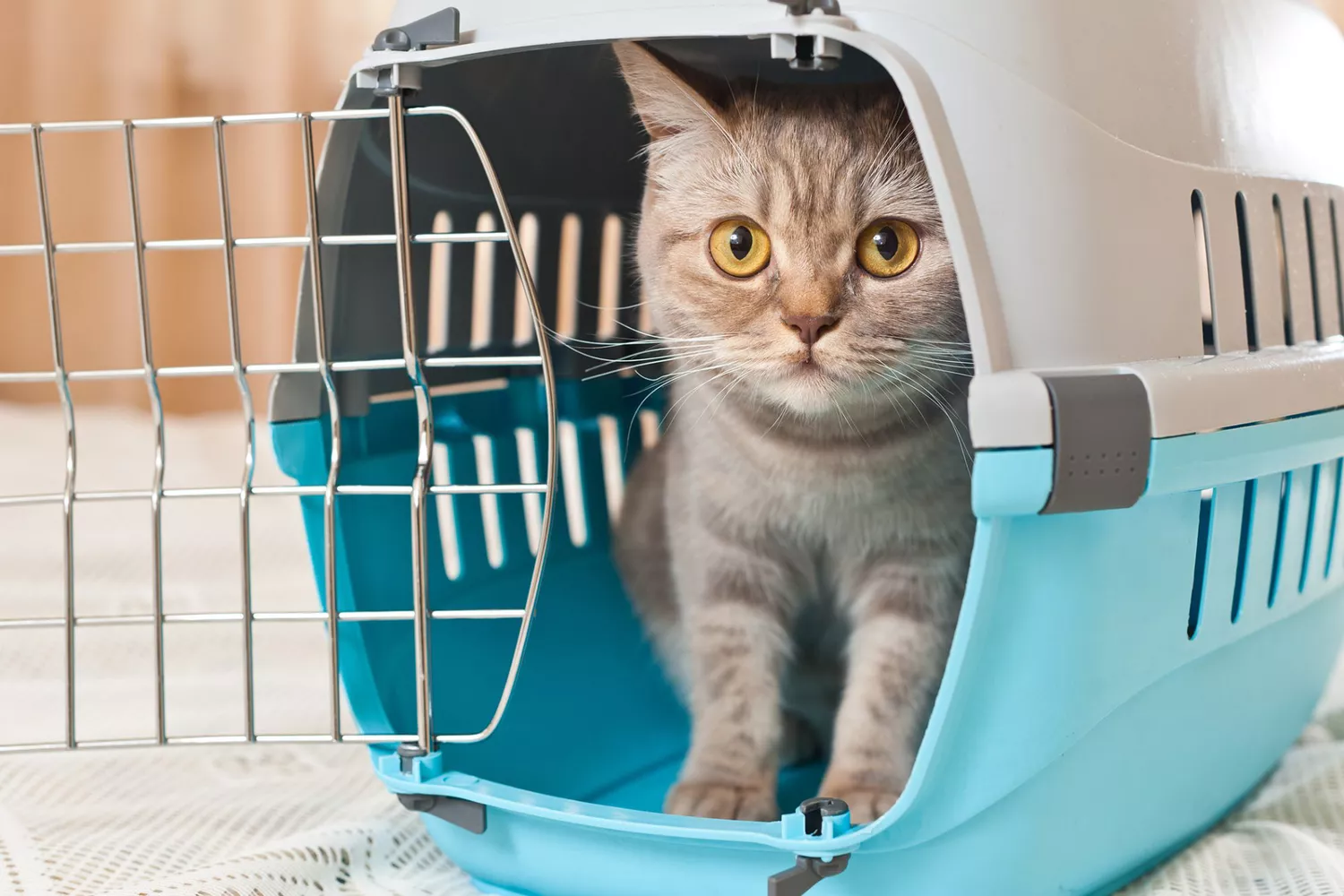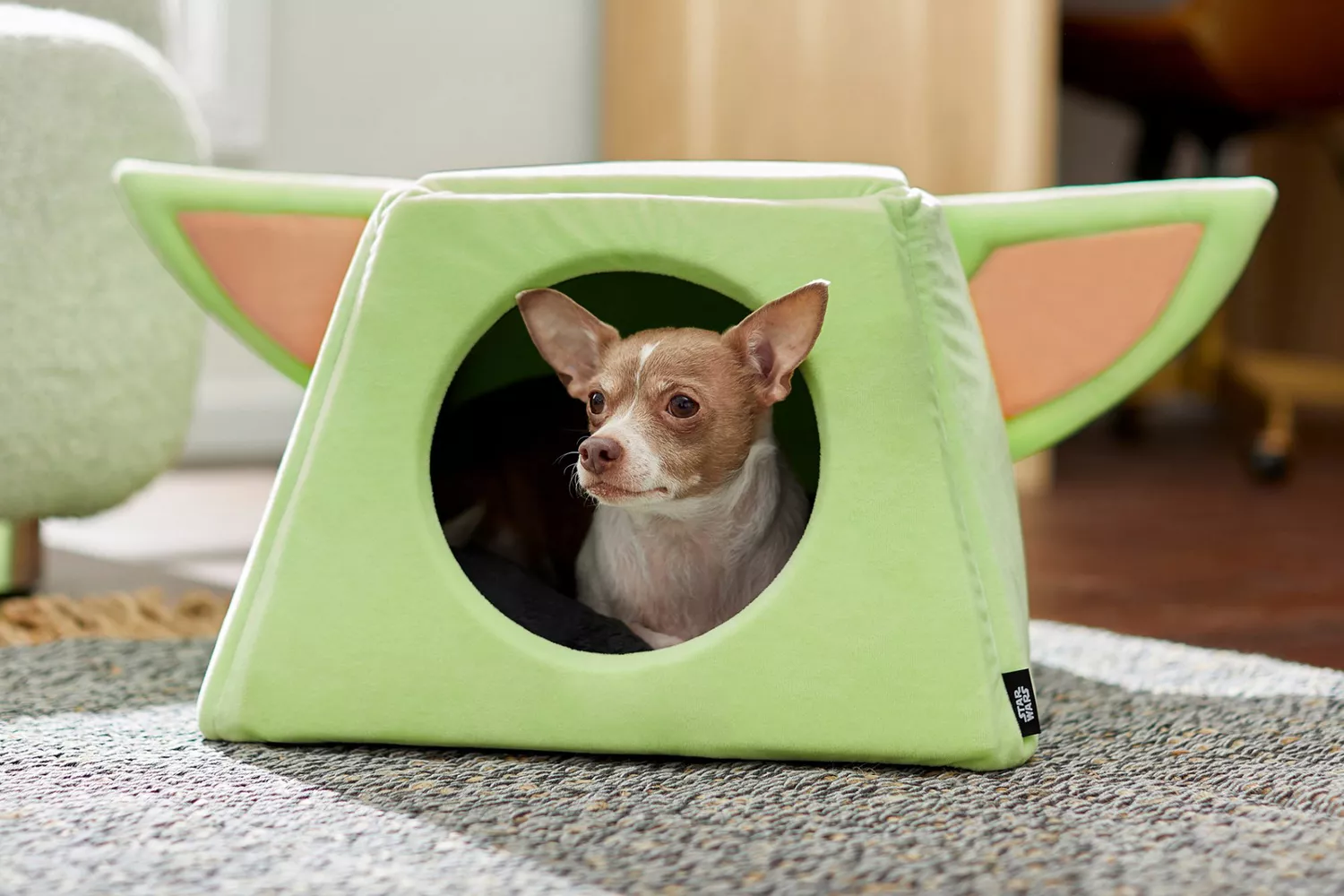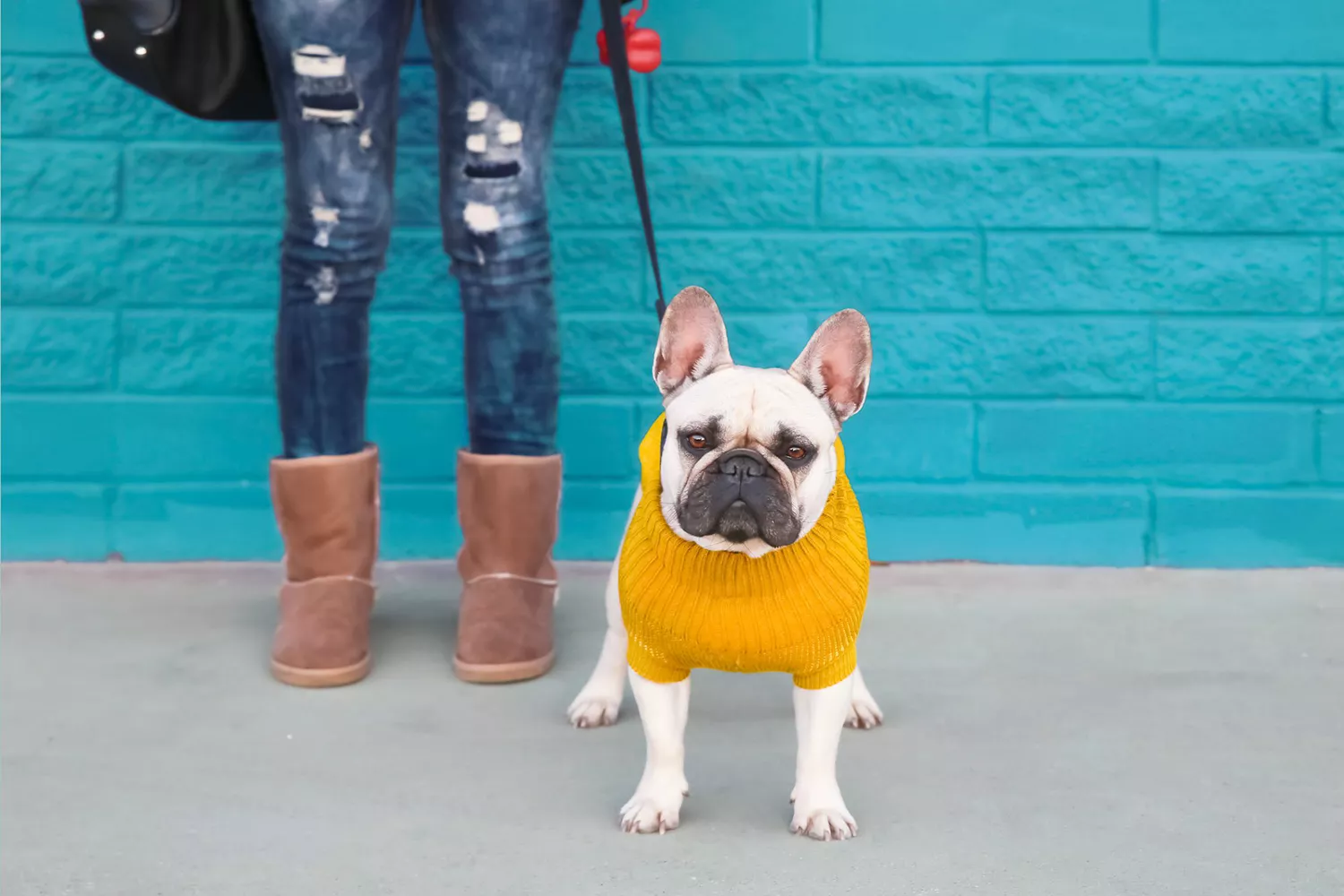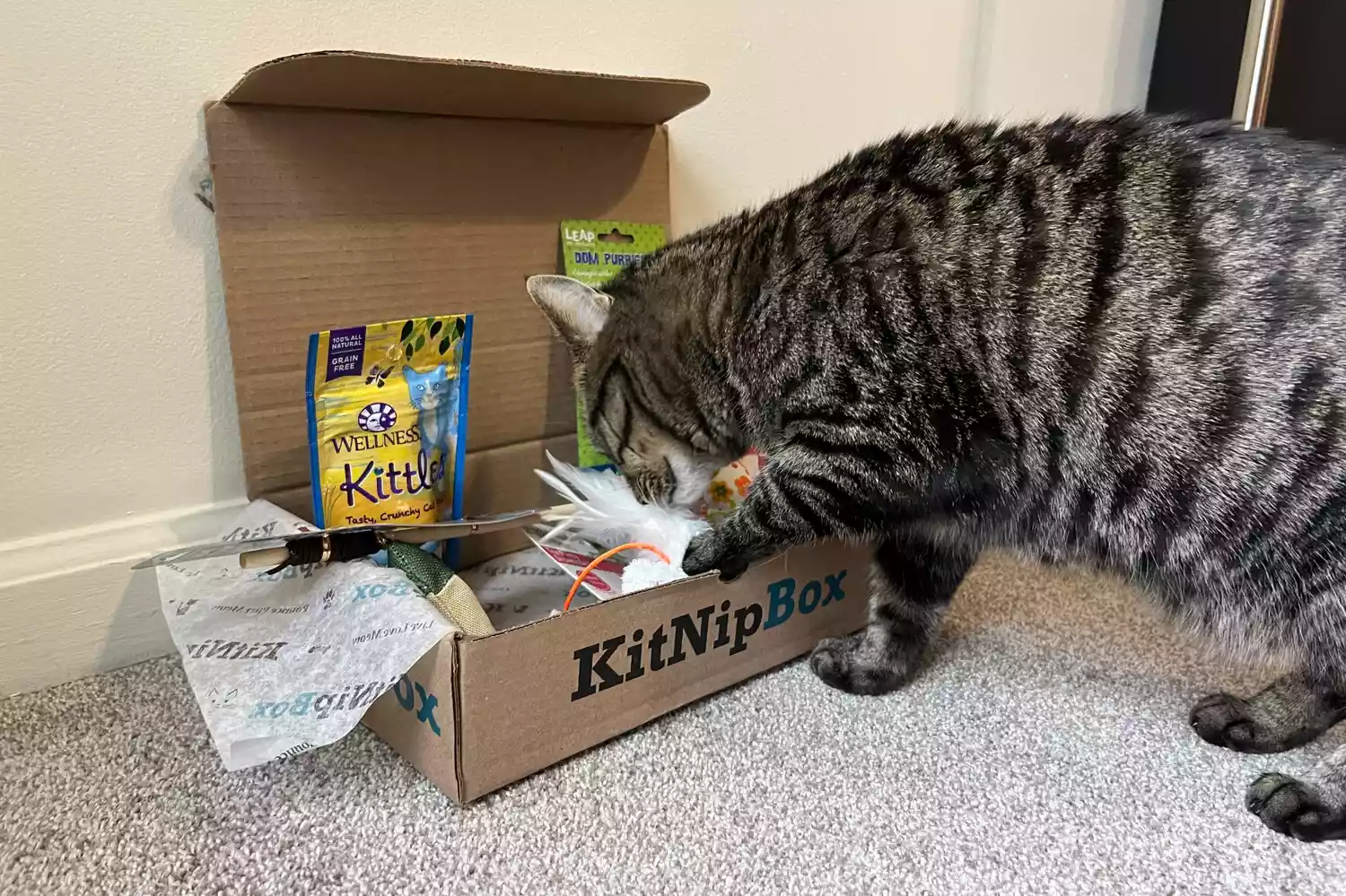
Excellent, you’ve decided to add to your household and adopt a feline. Possibly this is the very first time, maybe not. In any case, you’ll need to cross some items off a cat fundamentals checklist prior to you can get to teaching them their Instagram-worthy techniques or their scales and arpeggios.
We spoke with Brett Kruger, the feline group manager at the Indyhumane shelter in Indianapolis, to get a pro’s guidance on simply what equipment you truly need when bringing house a new feline member of the family. See those seven basics listed below.
1. Cat Carrier
You’ll need one to take your cat house after you’ve adopted it, and Kruger suggests a top-loading carrier. This style of carrier lets you open the roofing system of the carrier, get your feline, and plop them right in. That’s simpler than attempting to coax them into the provider through a door. Some cats will not want to do it and will struggle as you try to move them in.
If you currently have a carrier with a traditional door that swings out, there’s an easy fix. When you’re ready to pack your feline, put the carrier on its end so the door faces the ceiling, Kruger states.
2. Litter Boxes
No way around it: Your brand-new cat will need a place to pee and poo. The variety of litter boxes you’ll require to offer depends upon your home and the number of cats you have, Kruger states.
You’ll need one litter box per feline, plus one extra one, she states. 2 felines, for instance, implies 3 litter boxes. You’ll likewise require a minimum of one per flooring of your home, and they must be separated, wrong next to each other.
As for the boxes themselves, you can definitely buy a conventional litter tray just about anywhere pet materials are offered. However Kruger recommends buying a large plastic tub and eliminating an entryway for the feline. These bins are deep adequate to keep the litter in, even when your cat flings litter around while burying her poop. Kruger states the cover to the carry need to be deflected because felines wish to have the ability to see anything coming their method as they do their service.
The litter boxes, of whatever style, should be at least 1.5 times longer than your feline, providing enough space to turn around.
Cats’ wild relatives go to the bathroom in sandy locations, so small-particle, odorless litter is the best way to go, Kruger states. While a fragrant brand name might be attractive, it can overpower some cats, she states.
3. Food & Water Bowls
Some cats don’t like having their food and water right beside each other, so Kruger suggests separating them significantly. The type of bowls are up to the owner’s and cat’s preference, however she recommends a water fountain bowl as long as the owner is okay with paying a bit more and doing additional cleaning.
In the wild, felines know running water is normally safer to drink, and a fountain mimics a stream or river. “Cats have that bias too,” Kruger says. “A great deal of them prefer running water.”
4. Cat Trees, Scratchers, Toys
Felines like to have a high, safe place to settle in and view the world below them. Enter feline trees. Kruger states owners need to find one that’s tall and sturdy. Otherwise, the cat will discover elsewhere up high to climb and sit. Like your kitchen area cabinets!
Another of cats’ instinctive activities is scratching. You’ll wish to give your brand-new pet an acceptable location to do that. Like a feline scratcher. Kruger states most felines like tall ones, around 3 feet or taller, due to the fact that they like to really stretch up and sink in their claws. “It’s sort of like kitty yoga,” she says.
For both the tree and the scratcher, Kruger says you’ll wish to position them in areas your cat frequents so he’ll use them. If they’re placed in a space you or your cat don’t gain access to much, they won’t be utilized, and your cat might turn to scratching something else, like the couch.
The most crucial thing is that you play with your feline. This assists your cats bond with you and socializes them.
Kruger says purchasing a wand (or fishing pole) toy is an excellent concept. The things on completion of the line is fun to catch, and it will assist ensure your cat or kittycat does not think of your hand as a toy.
” It’s a great way, specifically with younger felines, to burn off their energy,” Kruger states.
She includes that finding the right toys for your cat is primarily “feeling your feline out.” He may prefer toys that are much smaller than he is, the way victim is to his wild forefathers. Shy cats might prefer ribbons.
5. Cat Beds
When it pertains to selecting the ideal snooze spot for your cat, Kruger likes recommending confined cat beds since felines like to be surrounded when they sleep. They likewise work as good hiding places. “Sometimes they appear like a little fleece cube,” she states.
Cats might be a little temperamental about their beds, possibly spurning a soft, fluffy bed for a great cardboard box. See your cat’s behavior to assist you choose which bed he might like. For example, if your cat likes to curl up in sleep, a round bed may work. A mat might be the very best alternative if your feline likes to extend.
When it comes to place, search for where your cat likes to nap. That may be the very best place for the new bed, however there’s no warranty he’ll use it.
6. Collars
Even if your cat invests most or all of his time inside, he ought to be using a collar, says American Humane, a non-profit organization dedicated to making sure the safety and wellness of animals. With a collar, accompanying ID tags, and microchip, you’re covered if your feline does somehow get away or get outside. A passing complete stranger will not error him for a stray.
It’s best to get your cat a breakaway collar, one that will unlatch if adequate force is used. That way, if your feline’s collar gets caught in a fence or bush, your cat does not get stuck there.
7. Food
The Association of American Feed Control Officials (AAFCO) advises selecting a food designated for your feline’s life phase. A kitty, for example, needs different nutrients than an adult feline.
Kruger says new owners ought to ask the feline’s shelter or rescue what kind of food the cat has been eating. Dry food can be much easier to feed felines, while canned food is a way for cats to get more water. If you have the time, splitting between dry and canned food throughout a day or week may be a great idea.
The most essential thing, however, is that felines are consuming at all, she states. If he likes only one type of food, that’s fine. Don’t battle it.
“Don’t get locked into ‘This is the best food for my feline,'” Kruger states. The very best kind is a healthy, age-appropriate food your cat will eat.











